1. Suri L, Gagari E, Vastardis H : Delayed tooth eruption: Pathogenesis, diagnosis, and treatment. A literature review.
Am J Orthod Dentofacial Orthop, 126:432-445, 2004.


2. Becker A : Orthodontic treatment of impacted teeth. 3rd ed. Wiley Blackwell, Chichester, 1-27, 2012.
3. Korean Academy of Pediatric Dentistry : Pediatric adolescent dentistry. 5th ed. Yenang, Seoul, 16-23, 537-556, 596-607, 2014.
4. Becktor KB, Bangstrup MI, Rølling S, Kjær I : Unilateral primary or secondary retention of permanent teeth, and dental malformations.
Eur J Orthod, 24:205-214, 2002.


5. Chaushu S, Becker T, Becker A : Impacted central incisors: factors affecting prognosis and treatment duration.
Am J Orthod Dentofacial Orthop, 147:355-362.


6. Frank CA : Treatment options for impacted teeth.
J Am Dent Assoc, 131:623-632, 2000.


7. Kang KY, Yang KH, Choi NK, Kim SM : The eruption guidance of an impacted dilacerated maxillary central incisor. J Korean Acad Pediatr Dent, 32:550-556, 2005.
8. Fournier A, Turcotte J, Bernard C : Orthodontic considerations in the treatment of maxillary impacted canines.
Am J Orthod, 81:236-239, 1982.


9. McDonald F, Yap WL : The surgical exposure and application of direct traction of unerupted teeth.
Am J Orthod, 89:331-340, 1982.

10. Moon CH, Lee DG : Impacted tooth treatment with modified Nance appliance. J Korean Dent Assoc, 45:238-247, 2007.
11. Crawford LB : Impacted maxillary central incisor in mixed dentition treatment.
Am J Orthod Dentofacial Orthop, 112:1-7, 1997.


12. Tanaka E, Watanabe M, Tanne K, et al. : Orthodontic traction of an impacted maxillary central incisor. J Clin Orthod, 5:375-378, 2001.
13. Kocadereli I, Turgut MD : Surgical and orthodontic treatment of an impacted permanent incisor: case report.
Dent Traumatol, 21:234-239, 2005.


14. Lin YT : Treatment of an impacted dilacerated maxillary central incisor.
Am J Orthod Dentofacial Orthop, 115:406-409, 1999.


15. Profitt WR : Contemporary Orthodontics. 5th ed. Louis, St. Louis, 540-544, 2013.
16. Caprioglio A, Vanni A, Bolamperti L : Long-term periodontal response to orthodontic treatment of palatally impacted maxillary canines.
Eur J Orthod, 35:323-328, 2013.


17. Kim MN, Kim YJ, Hahn SH, et al. : Orthodontic traction of horizontally impacted maxillary Incisors: case reports. J Korean Acad Pediatr Dent, 35:757-765, 2008.
18. Bishara SE : Clinical management of impacted maxillary canines.
Semin Orthod, 4:87-98, 1998.


19. Moon CH : Orthodontics for impacted teeth. 1st ed. Shinhung international, Seoul, 82-145, 2007.


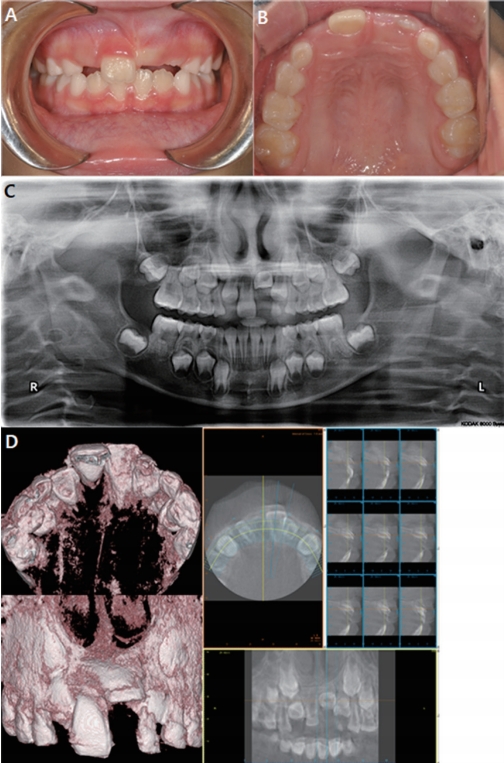
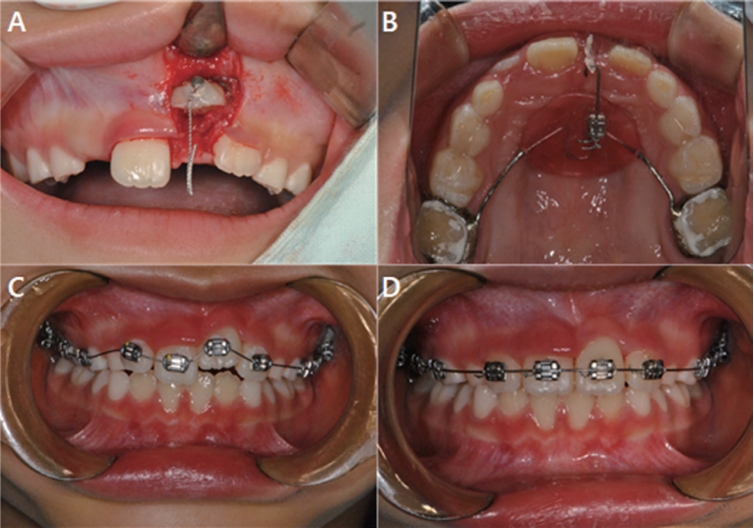

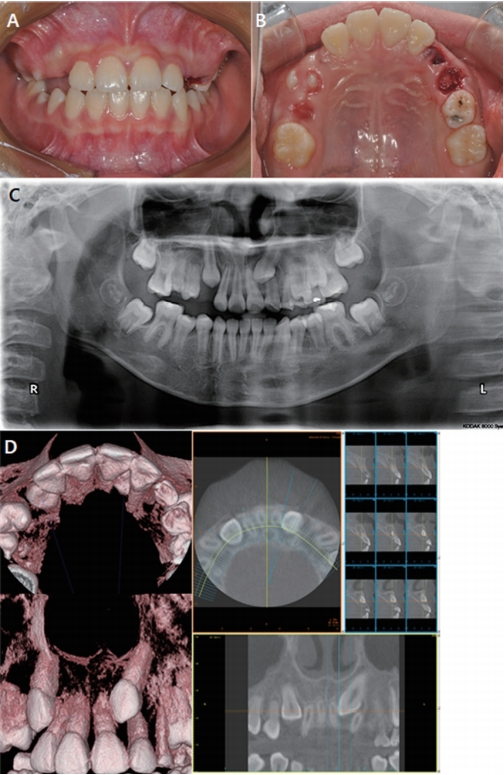

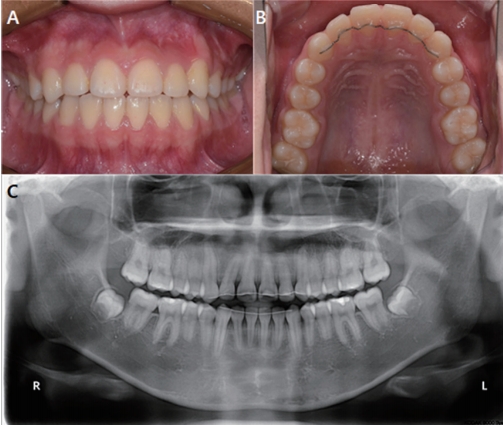









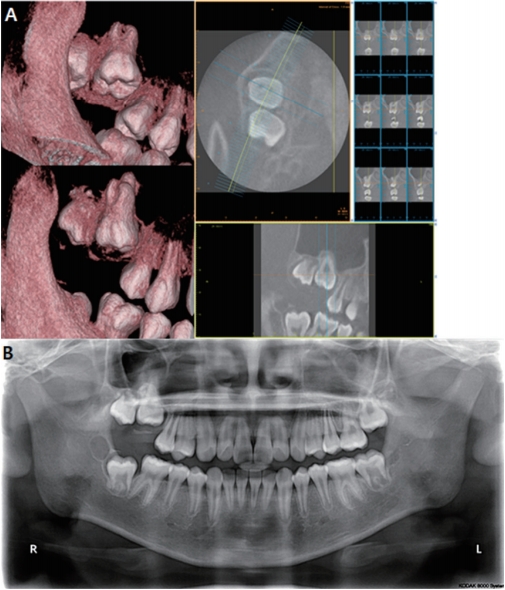
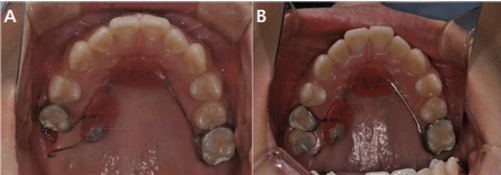


 PDF Links
PDF Links PubReader
PubReader ePub Link
ePub Link Full text via DOI
Full text via DOI Download Citation
Download Citation Print
Print



